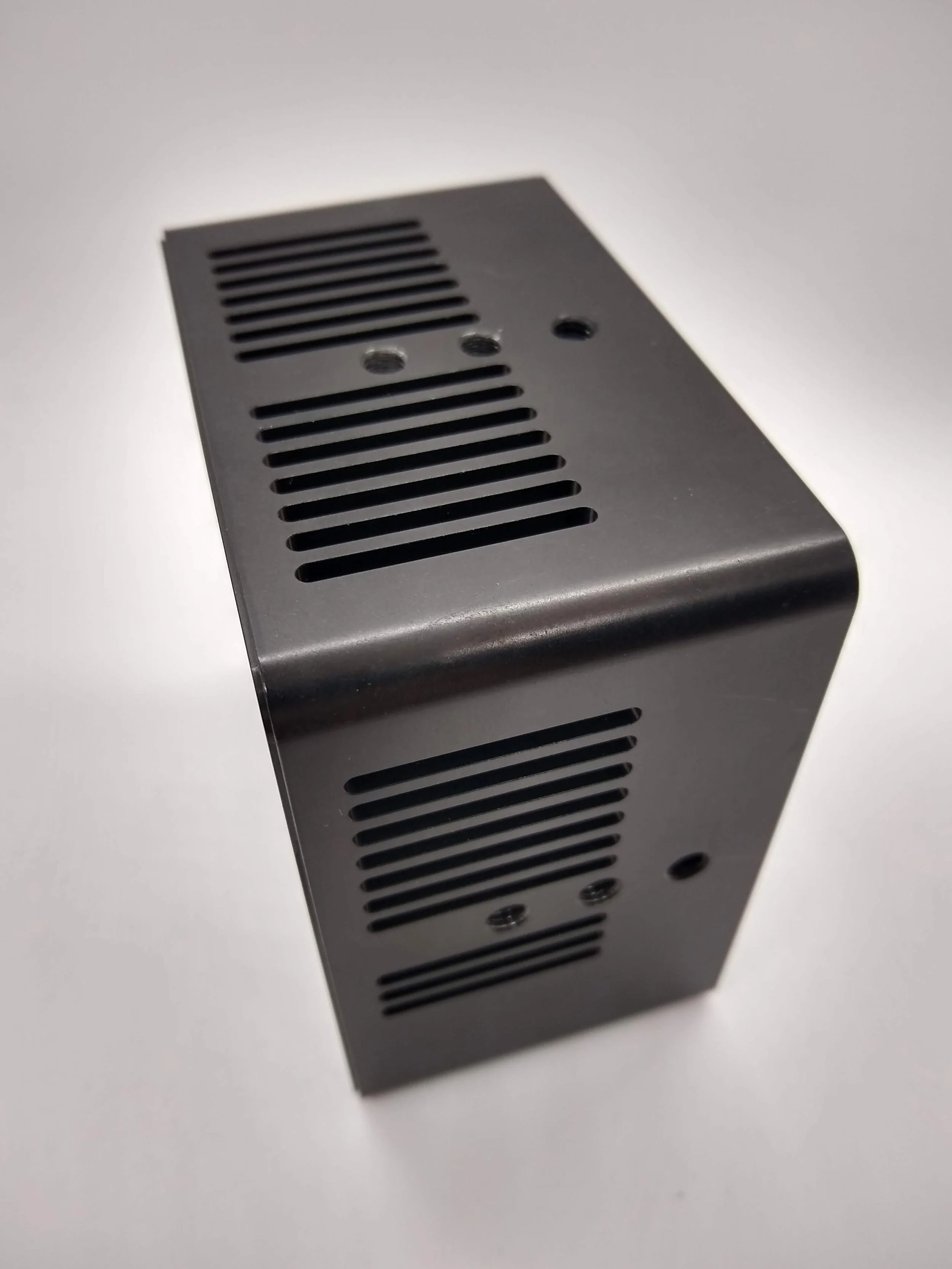One of the most important truths in manufacturing is that you get what you pay for—from production machining services to secondary processes like plating. Just as machine shops' costs and lead times vary depending on capabilities, certifications, and quality, so is the case for plating vendors.
A local anodizing house that doesn’t offer much in the way of certifications and quality control might charge $100 per batch and get parts done the same day. Fast and cheap is fine for a simple part with standard tolerances. But if you’re dealing with a tight-tolerance part for a mission-critical aerospace or defense application, you can’t afford to skimp on quality—and that means being open to higher costs and longer lead times.
The True Value of High-End Plating Facilities
We understand that customers appreciate having insight into what they’re paying for, so let’s take a look at how high-end plating facilities justify their higher costs and longer lead times.
High demand
There is often a large discrepancy between lead times at a local plating shop (1-2 days) and at a high-end, nationally recognized plating facility (2.5-3 weeks). That’s because the latter companies are in high demand, fulfilling orders from large government contractors that have them on their approved supplier lists. Generally, companies that are in high demand have excellent, well-earned reputations.
Critical certifications
Just like the best precision machine shops are ISO 9001:2015 and AS9100-certified, the best plating houses maintain NADCAP certification, a critical requirement for many aerospace and defense customers. Pursuing and upholding NADCAP certification can be costly, so it’s expected that NADCAP-certified plating houses charge higher prices. For example, a standard shop may charge a $100 lot fee, and a NADCAP-certified shop may charge up to $200.
Superior processes
While some plating processes are relatively straightforward, others, like anodizing, are highly complex and difficult to perform well.
Anodizers must monitor and control many factors, including the mix and ratio of chemicals and the temperature of the tank, to ensure high-quality results. Furthermore, because anodize adds buildup to material, anodizers must consider this additional factor when working with tight-tolerance parts where every ten-thousandth inch matters.
It takes a team of experienced chemists to develop the right processes to account for these factors. When a plating house isn’t up to the task, project timelines can easily become derailed—as we’ve learned the hard way.
You Get What You Pay For: A Real Example
Recently, 80 of 150 parts returned to us from an anodizing house exhibiting unsightly spots. We knew our best bet was to have the vendor strip the anodize and re-dip the parts, but previous experience had shown us that when plating houses don’t have their etching or stripping process dialed in perfectly, they remove too much material, and the parts end up out of tolerance.
We had the vendor strip the parts and send them back to us. Sure enough, they had removed too much material. Upon investigation, the vendor found that they had not only over-stripped the parts but also over-etched them early on. We had to make new calculations to ensure that the parts would be in tolerance, knowing the whole time that we might end up having to remake 80 parts from scratch if the plating house couldn’t get it right.
Losing weeks to the plating house’s missteps was a good reminder that you get what you pay for in manufacturing. Had we been able to send those parts out of state to a higher-end plating house for an extra $2 per piece, the order would have been delivered on time in perfect condition.
Don’t Get Caught Up on Dollars and Cents
We understand that time and money are critical considerations for customers seeking production machining services. But if we can offer one bit of advice from our experience, it’s not to get caught up on dollars and cents when negotiating costs. Doing so puts significant strain on shops to slash prices at the expense of quality. More often than not, both parties wind up losing out.
The truth is there’s a proper plating facility for every part, depending on its requirements. Allowing cost to get in the way of finding the right fit is a recipe for unmet expectations and unsatisfied customers.
If you’re on a tight budget, talk to us about what you need. In some cases, we may recommend an alternative plating process, like chem film in place of anodizing, that can get you the desired results without sacrificing quality. No matter what, we’re committed to finding a solution.
Request a quote for production machining services!

